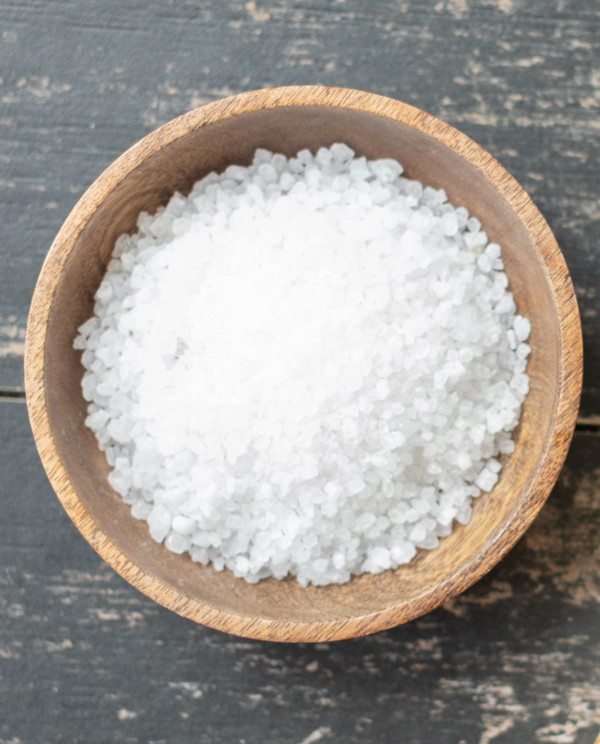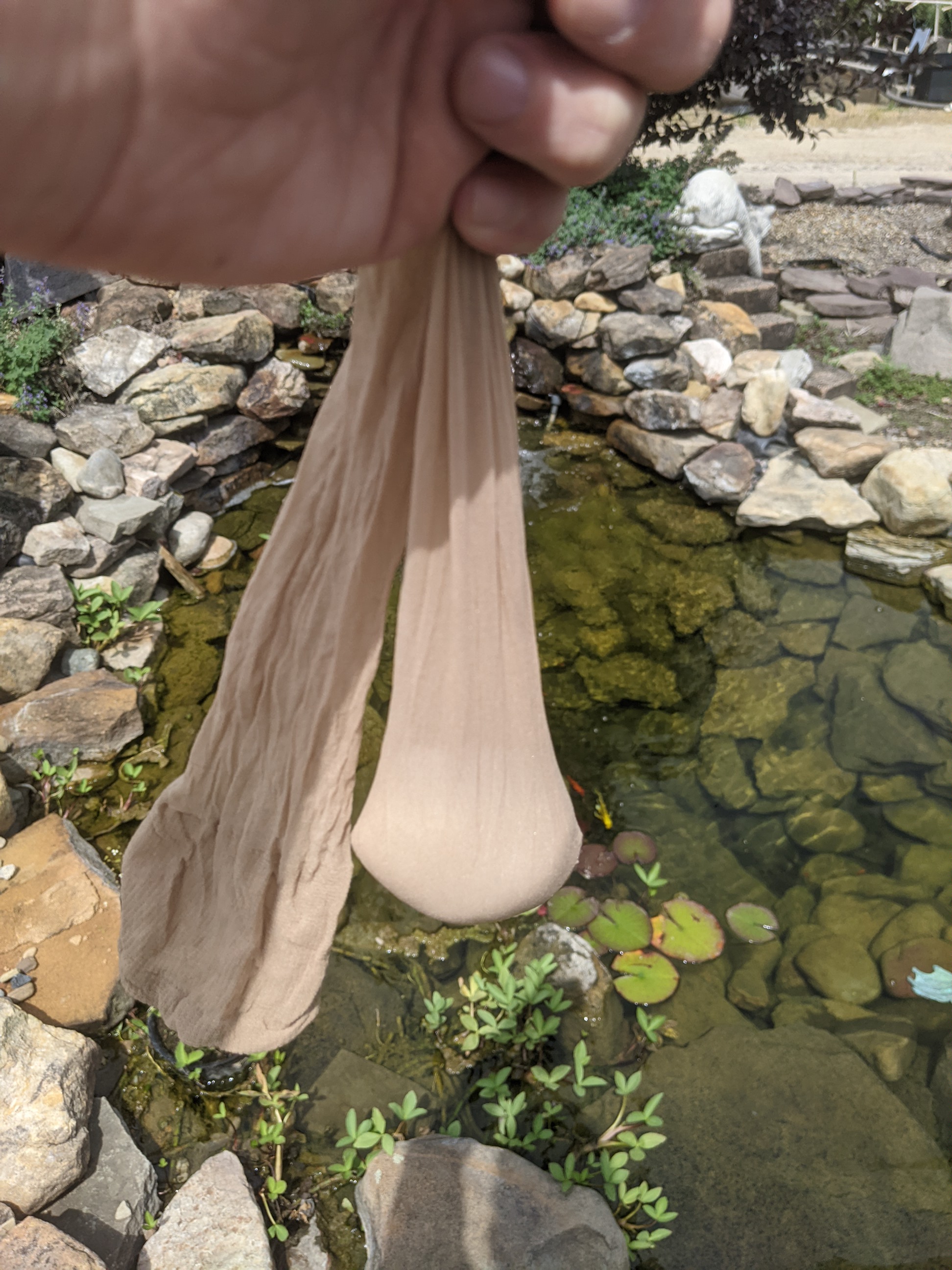Pond Salt Treatments
Why Pond Salt Treatments?

Adding salt to your pond has many benefits, but the one thing in question here is whether maintaining salt levels throughout the season is good for your fish. It is true that pond salt, at certain dissolved levels, can be used as a treatment for many fish ailments including fungus and some parasites.
Some pond owners with Koi fish, and other varieties of pond fish, argue that maintaining salt levels causes pestilences to become resistant to salt treatments in the future. However, preventing the conditions for diseases to attack is the best treatment there is.
As your finned friends swim through their environment they're met with many stressful challenges every day. Predator stress, spawning, weather changes, water quality, and oxygen levels all take a toll. Pond salt treatments ease the amount of stress your fish experience daily .
Salt is not present in pond water unless you add it. However, there is a certain amount of salt inside the body of your fish. Although they're freshwater fish, it is beneficial to add salt to pond water to balance the salinity (dissolved salt) levels inside and outside of their bodies. Pond fish typically invest a lot of energy to keep internal fluids from being diluted by the natural balance between pond water and pond salt; similar to how drinking too much water can flush out and reduce the number of electrolytes in a person’s body. Regular stress, on top of this expended energy, can weaken the immune system weakening your fish to become more susceptible to bacteria, parasites, and other problems. Keeping the salinity in your pond maintained at 0.08-0.1% will closely match your fishes body fluids and allow them the energy to deal with other things.
What is Pond Salt?
Pond salt is pure, non-iodized, salt with zero additives. Anti-caking agents like Yellow Prussiate of Soda can cause adverse effects on the eco-system of your pond. Some people have used evaporated sea salt and others use softener salt. The important thing to remember is no treatments & no extra additives.

Additional Benefits of Pond Salt:
- Promotes healthy gill function
- Replaces slime coating for better immunity
- Reduces stress in fish
- Cures many ailments in higher concentrations (0.3-0.5%)
- May help prevent some algae growth
- Can limit or eliminate a pond snail population
- Reduces effects of nitrite toxicity
- Inexpensive treatment
- Not a harsh chemical
- Lowers freezing temps of water
Should I really treat my pond with salt?
There seems to be some controversy over whether it's good to maintain salt levels in your pond water or not. While it's not an absolute necessity, it can be highly beneficial for your fish.
Pond Salt Dosing
In order to achieve a 0.08-0.1% salinity in your pond, add one cup (1C) of granulated salt per 100 gallons of water volume. Your water volume can be calculated using the formula below.
Volume = (Avg. Width * Avg. Length * Avg. Depth) * 7.48
*There are approximately 7.48 gallons in a cubic foot
For example, a pond with average measurements of 6’ W, 8’ L, 1.5’ D would have a volume of approximately 538 gallons. ((6 * 8 * 1.5) * 7.48 = 538.56)

Salt may be dissolved in a bucket of pond water and dispersed evenly across the pond’s surface, or poured into a fine mesh, like pantyhose, and set within the stream or spillway. It dissolves as pond water flows through it and mixes into the pond through circulation.
Salt does not evaporate. Therefore, when adding water to replace what has been lost through evaporation, you will not need to add more pond salt.
Salt is only removed from the pond when water is physically removed. Such as in the case of a leak, drainage for cleaning, or water changes. Only add enough salt to treat the amount of new water that is being replaced.
Water temperature can affect the stability of salt dissolving and staying suspended in your pond water (solubility). Warmer water (>55º) will allow the salt particles to stay dissolved in the water. Colder water temperatures will slow the movement of the salt particles and cause them to settle down to the bottom. Be careful not to add too much salt while it’s cold. As the water warms up again, the salt particles will become less dense and move freely around the pond again.
Too much pond salt (>0.5%) could kill fish and pond plants. If too much salt is added to the water, a water change is necessary to remove and dilute excess amounts.
